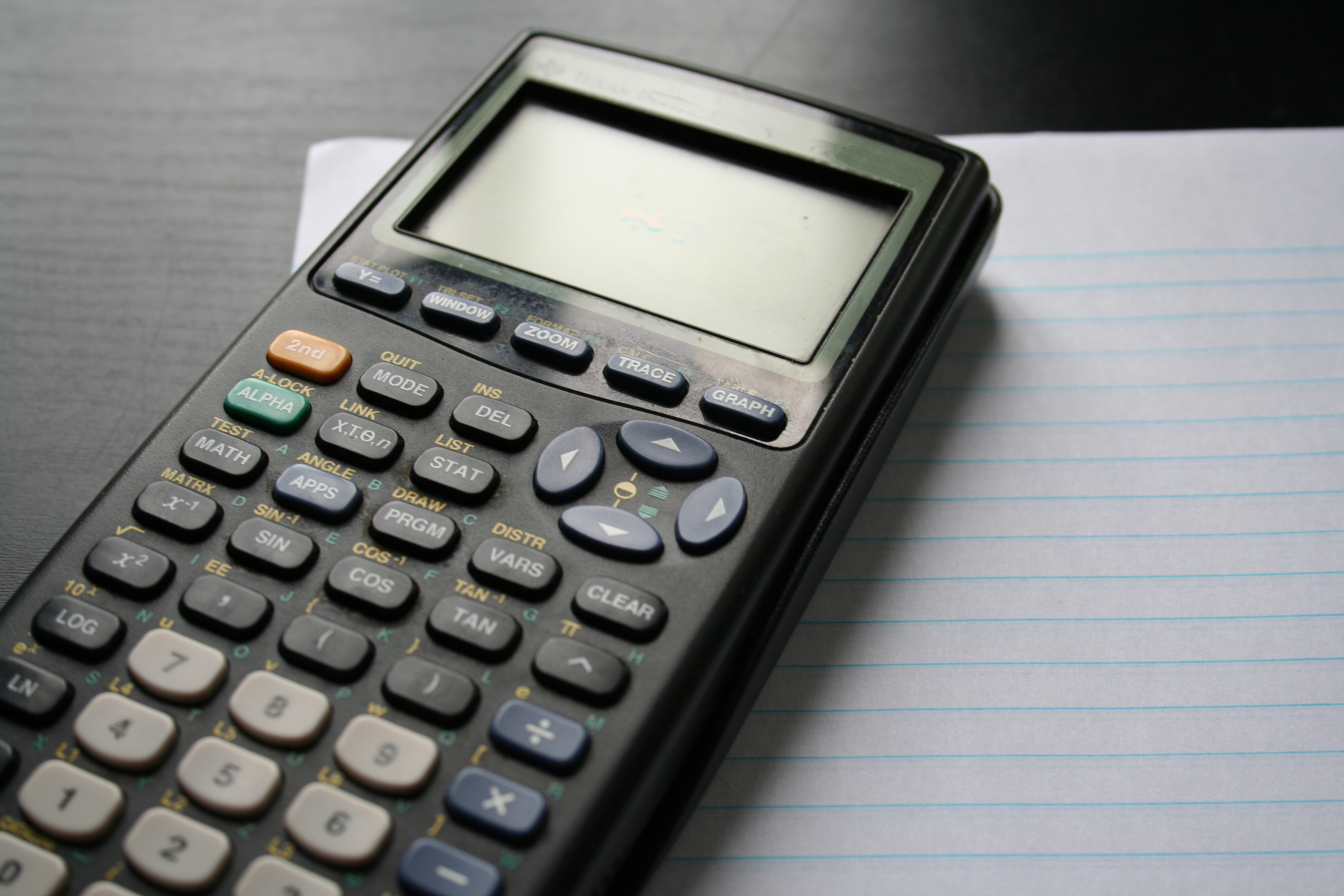

There is a shortcut for square roots only.

Find the root of a number:Enter the root index number, press the MATH key, press 5 to insert an indeterminate root symbol, then enter the number you need to find the root of.Parentheses are used to indicate order of operations. Subtract using the – key and (-) for negative numbers. Perform numeric calculations:On the display screen, the division sign will be / and multiplication sign will be *.Return to the home screen by either pressing CLEAR or 2nd and QUIT. Change MODE (use split screen, display numbers as power of ten, or change radians to degrees):Press the MODE button, use arrows to move to a new mode, and press ENTER to select the new mode.

Press DEL to delete a character at the cursor position. Insert a character at the cursor position by pressing the 2nd key, then the INS button, and then the new character you want to use.

It’s powered by four AAA batteries and an additional lithium battery to preserve stored data when the primary batteries are being changed. The monochrome display screen is 96 by 64 pixels and has up to 8 lines of text with 16 characters each. The TI-82 comes with a 6 MHz Zilog Z80 processor and 28 kB of RAM. Have a TI-82 you’d like to use? Want to know if its features will work for your purposes? We’ll cover all the relevant details below. It was an immediate hit with users and was the de facto standard in classrooms and laboratories across the United States for the next ten years.Įven though it was replaced in 2004 by the TI-83, the TI-82 is a workhorse still easily available on Ebay and commonly used by students in high school and college. In 1993, Texas Instruments released the TI-82, an upgraded version of the TI-81. Plus, graphing calculators typically allow users to create programs for scientific or educational applications.įinally, because of the amount of information needing to be displayed, screens of graphing calculators are bigger than their more traditional counterparts. While the first handheld calculators performed basic mathematical functions – adding, subtracting, division – the first graphing calculator wasn’t introduced until 1985.Īdditional features included executing tasks with variables, plotting graphs, and solving equations simultaneously.


 0 kommentar(er)
0 kommentar(er)
